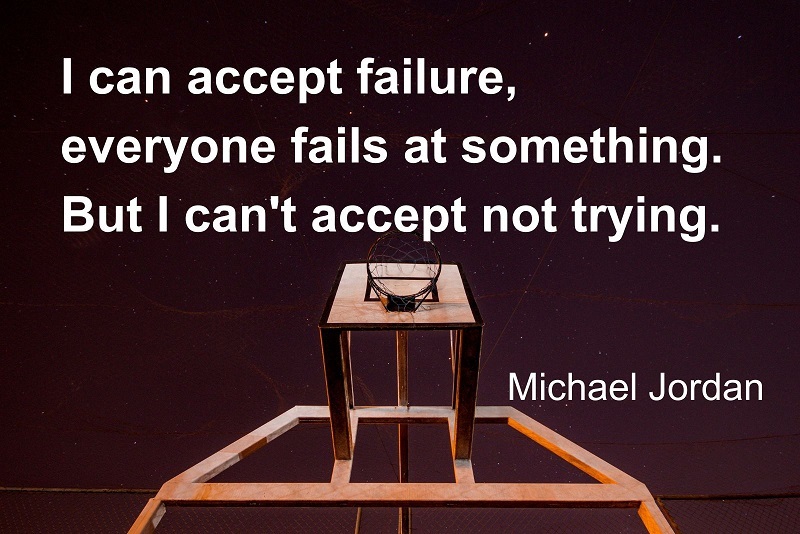Chapter 3: When failure is the only option
Growth happens when we gather the courage to attempt things we’ve never tried and engage in actions we’ve never done.
[Lorenzo Conti] · 576 words · 3 min read · Nov 3, 2023
Growth happens when we gather the courage to attempt things we’ve never tried and engage in actions we’ve never done. Stepping into uncharted territories, consciously leaving our comfort zone, is where real growth takes place.
Embracing failure is a vital part of the process.
It’s essential to create a culture that not only accepts but also welcomes the possibility of failure and the valuable lessons it can provide.
The key to a team’s success lies in their willingness to take risks and learn from mistakes, rather than just trying to avoid failure. This shows the team’s commitment to exploring new ideas and making continuous improvements. When a leader recognizes that the primary focus is on enhancing the overall performance of the team and the collective growth, they become more open to addressing what went wrong and learning from it.
Sometimes failure is the only path to progress
The Cynefin framework, is a conceptual tool for decision-making, comprises five decision-making contexts or domains and can assist managers in understanding how they perceive situations and make sense of behavior, both their own and that of others.
Each domain offers a different approach to decision-making based on the nature of the problem and the level of clarity surrounding it:
- Clear (Known Knowns): well-understood situations with clear cause-and-effect relationships, where rules and best practices apply.
- Complicated (Known Unknowns): situations that require analysis and expertise, with multiple right answers.
- Complex (Unknown Unknowns): situations where cause and effect are unclear and solutions emerge through experimentation.
- Chaotic (Unknowable Unknowns): unpredictable situations requiring immediate action to establish order, moving from chaos to complexity.
- Confusion (Disorder): a state of uncertainty, where it’s unclear which domain applies, necessitating breakdown and categorization.
The Complex Domain is characterized by situations where the relationships and interactions between elements are not clear, and it’s challenging to predict outcomes. The focus is on probing, sensing, and responding to emergent patterns rather than attempting to impose rigid, pre-defined solutions. It often requires experimentation, adaptation, and a willingness to learn from the ongoing feedback and experiences.
This approach recognizes that failure is a natural aspect of navigating complex systems, and learning from these failures can lead to a deeper understanding and more effective solutions.
To reframe our view of failure, embracing a growth mindset and defining “Smart Failures” is valuable:
- Learning-Oriented: focused on controlled experiments designed to gather feedback and optimize learning, providing valuable insights and knowledge.
- Mitigation Actions: involves steps to minimize or prevent unnecessary negative outcomes while taking risks, thereby limiting potential harm or losses.
- Incremental Approach: divided into individual increments to maximize the likelihood of success, allowing for manageable steps and gradual progress while learning from each attempt.
When we shift our perspective on failure as a means for learning, growth, and innovation, it introduces new and diverse viewpoints. Sometimes, this is the only feasible approach: fostering a mindset that identifies opportunities within setbacks and ultimately promoting a more positive, creative, and resilient response to challenges.
What is your framework to deal with failures?
Table of Content
- Chapter 1: The mantra of success
- Chapter 2: The privilege of failure
- Chapter 3: When failure is the only option
- Chapter 4: If you win today, will you win tomorrow?
- Chapter 5: You have the power to choose
What’s next?
If you’re ready to take your leadership to the next level, Leadership Boot offers a free discovery call to learn more about how coaching can help you get there!
Book your discovery call